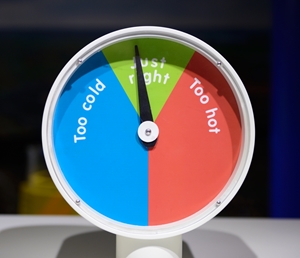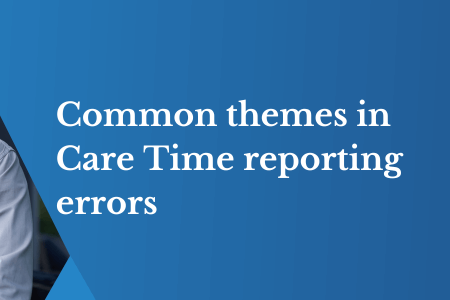Preparing for rising temperatures
January 13, 2015 | Aged Care Management

It’s no secret Australian summers can be some of the hottest across the globe, but they can also be deadly – especially in states like Western Australia.
Aged care providers and other medical facilities will need to stay focused on managing the temperatures inside facilities over the next few months to avoid the dangerous effects of hot temperatures.
In Western Australia
The Western Australia Department of Health came forth in early January with a release warning people to be aware of the temperature.
“The elderly, young children and babies are more prone to heat stress than most people,” explained Gail Miner, state health coordinator.
“The body normally sweats to cool itself, but for the elderly and the very young, the body cannot always regulate temperature changes efficiently which leads to heat stress.”
This announcement should serve as a reminder of just how important it is to ensure facilities can manage high temperatures, in order to keep residents safe throughout summer.
In South Australia
High temperatures aren’t solely relegated to the west, however, as ABC reported in early January that a heat wave was heading for southern Australia.
In certain parts of the region, highs of 40 and lows of 20 were predicted – extremely dangerous temperatures for the elderly to experience.
What aged care providers can do
The Victorian Department of Health released a resource in 2009 following a heat wave in the state. The document outlines how the events impact elderly Australians and necessary steps for providers to take.
“All residential aged care services need to consider the risks associated with extreme hot weather and should plan to manage them,” the resource explained.
“[The resource] has been developed to complement existing requirements of the Commonwealth Department of Social Services for providers to deliver appropriate care and services to residents and provide a safe and comfortable environment for residents, staff and visitors.”
In the paper, it was noted that the death rate for the elderly increases when the average temperature over a 24 hour period reaches 30 degrees. What’s more, this doesn’t have to last longer than a single day for the rate to rise.
Staff training was noted as one of the more critical areas where providers needed to focus in order to better prepare for heat waves.
What do you think are the biggest opportunities for success in the aged care industry today? Please contact us and let us know!


